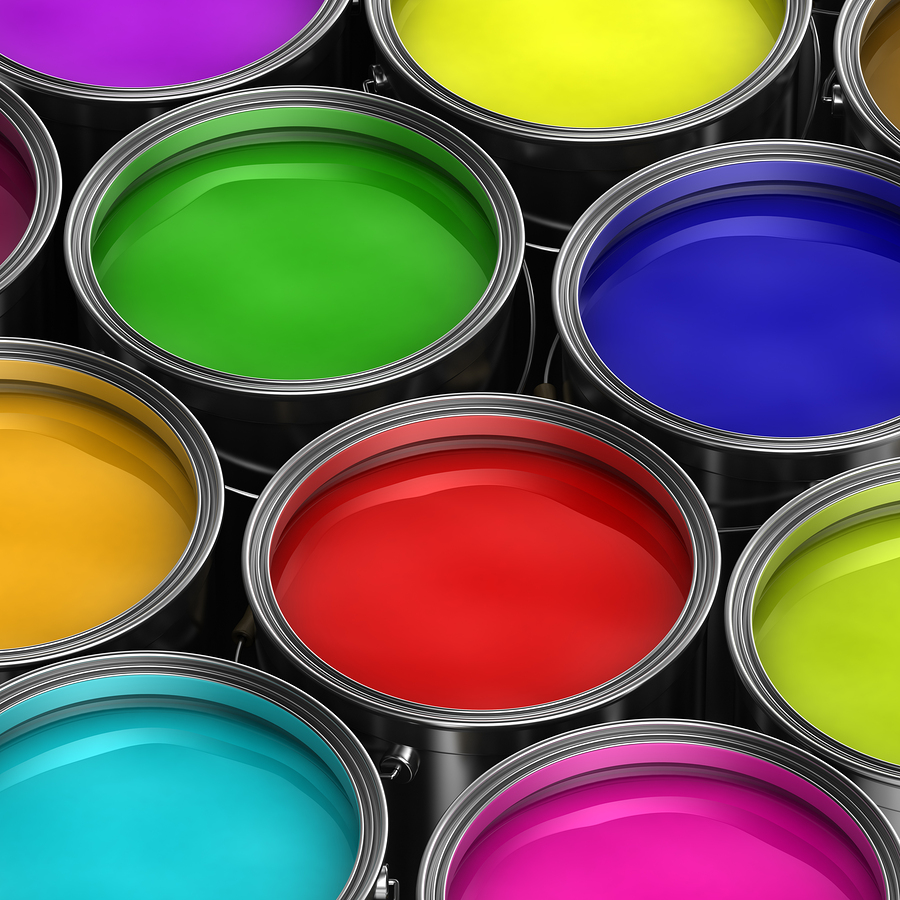
Though painting seems to be so much easy, you might have a problem with proper paint selection for your products. There are too many paints, coating, and types that are used in different applications and issues. Basically paints are of micro-size pigments and their finishing on the surface depends on their uses. The amount of painting pigment and its appliance will define either the painting is going to last long or short. So in this article, we are going to see the ingredients, advantages, appliances of different paints and coatings.
Related:
- 5+ Best Professional Airless Paint Sprayer Units Verified by Experts
- Best Heat Gun for Paint Removal
OIL-BASED PAINTS
Oil-based paint is mostly used painting as it lasts longer and has a shiny look for a long time like the latex paint. In oil, painting pigments are brushed using oil as medium. Different kinds of oil are used like linseed oil, poppy seed oil, walnut oil, and safflower oil. Depending on the oil the color brightness and temper vary. For the surfaces that can’t hold paintings and get faded, oil painting is the perfect solution.
The major problem of oil painting is that it takes a long time to dry up and cannot be washed or removed at easy if necessary later. Also for drying chemicals are used which might not be good for health and the environment. Oil painting should not be dried in the dark as the thin oil layer may appear but drying it on sunlight solves this problem.
WATER-BASED PAINTS
Water-based or water-mixable paints has been popular nowadays as it is easy to use, make thinner and totally free from environment pollution. It is the fastest paint to dry and has long-lasting quality at cheap costs. Its pigment carrier is mostly water and it evaporates when applied on the surface. Sometimes the developed water-based paints are known as a primer that is used before using other paints to give adhesive strength.
The major problem of water-based paint is its appliances. It can’t be used in the steel surfaces and other wooden surfaces for longer durability. It is prominent for using on the walls and peeling is found in cheap paints. Also, painting textures cannot be done using this paint.
Latex and Acrylic paint
Latex paints are prominent for faster drying water resistance, better clogs, stickiness, and adhesion. In latex paints, synthetic polymers such as acrylic, vinyl acrylic (PVA), styrene acrylic, etc. as binders are used usually. This can be thicker or thinner by using water or other mixtures. For acrylics, there are different types like craft, heavy body, interactive acrylics, open acrylics, open acrylics, fluid acrylics, exterior acrylics, etc.
The main advantage is that it creates no cracking and paint peeling for a long time. It does not harm the environment as other paints. It can be washed easily using soap water and it is inflammable as well.
The disadvantages is that latex paint cannot be used on steel surface without primer and can’t show finishing on any rough or even little bit dirty surfaces. It is more sensitive to temperature and also takes a little bit long time.
Flat paint
Flat paints are mostly used for painting walls and it is a total reflection, peeling free and weatherproof. It gives a smooth look to the surfaces and prevents scratch problems. The disadvantage is its tough cleaning using household materials.
Saint paints & semi-gloss paints
Satin paints are great for a warm and texture-based look on the walls. They are of high luster and color depth on the surface. Semi-gloss paints are easy to wash or remove foreign color paintings from the surface. This is basically based on 100% acrylic and a little more than latex. It is best for the outer wall of homes and kids’ rooms.
Gloss paint
Gloss paints are mostly used for shiny facts and to avoid dirty look on the colored surface. This is mostly used on the doors, furniture, and indoor crafts for better outlook.

Some fundamental ingredients and labeling for paintings
There are some special tags and ingredients that tell more about the paint and its working method. Let’s see.
Primer
Though many of the people consider it as paint, it is not merely painted always. Primer is at its’ best whenever you use it as the base of another painting. Like other paints, primers can be water-based or oil-based. It’s better to select a primer medium according to the paint medium.
Interior and Exterior
This tag defines either to use the paint outside the home or indoor. Interior tagged paints are usually of water-based paints and the exterior is of oil-based. It’s not a wise idea to exchange them as exterior tagged paints have extra elements and chemicals to prevent the surface from water and pollution.
Latex
Latex is used on the water-based paints. It is made of PVA and acrylic-based compounds. It also speeds up the rate of drying.
Enamel
To define the color depth and durability of the paint this term is often used. Enamel tag is found in oil-based paints, gloss, semi-gloss paints, etc. Enamel paint gives a layer over the painting surface and washing is pretty difficult.
VOCs
VOCs stands for volatile organic compounds. The amount of VOCs defines the natural element and health factors related to the paints. Normally 250 gm VOCs in one liter are okay in flat paints.
Conclusion
So the selection of paint is so much important as it is the fundamental issue to see the painted surface last longer and brighter. Wrong selection of the paints may bring paint peeling, fading, and damage to the surface. Read the labels, types, and never use the paints that are cheap and of low quality.
Further reading:
- Types of Paint – All You Need to Know – Bob Vila
- The Different Types of Paint (and When to Use Them)
Incoming search terms:
- types of paint
